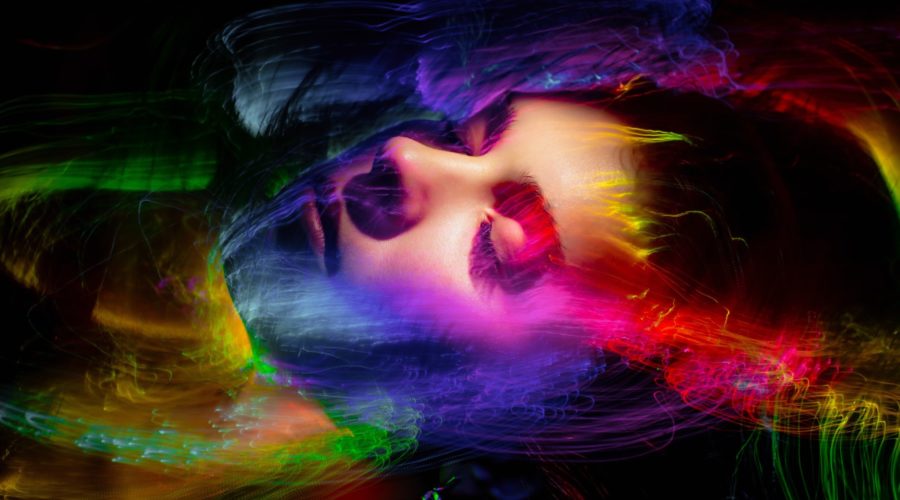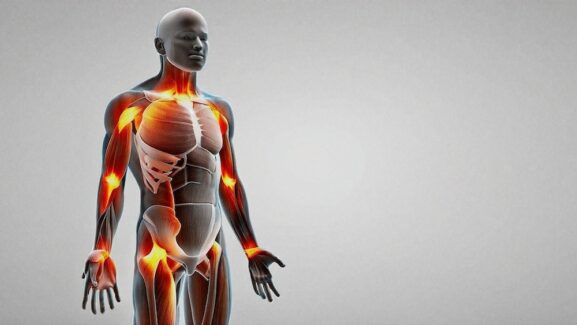What Is MDA? Everything To Know About The ‘Love Drug’
MDA (also known as Sally, Sass, and Sassafras) is a psychoactive drug belonging to the amphetamine family. The names Sass and Sassafras refer to the fact that MDA, like MDMA, comes from the oil of the sassafras plant in the illicit manufacturing of the drug.
MDA is similar to MDMA but different in some important ways. It is certainly not as popular as MDMA, one of the most commonly used psychoactive drugs, yet many users appreciate what the MDA experience can offer.
Interested in joining a Psychedelics Clinical Trial? Sign up here now and we will connect you with a clinical trial in your area when one becomes available.
In this article, we will delve into the history of MDA, what kind of drug MDA is, its effects, how it differs from MDMA, the research on the substance, and some harm reduction tips you should keep in mind.
Here’s What People Like and Don’t Like About MDA
What People Like About MDA:
- Euphoria and Emotional Effects: MDA is known for promoting feelings of closeness, affection, empathy, excitement, and extreme pleasure, which contribute to its nickname as the “Love Drug”.
- Visual and Sensory Enhancements: Users often experience visual hallucinations, color enhancement, and heightened senses, making the experience more immersive and engaging.
- Increased Socialization and Intimacy: The drug can enhance feelings of intimacy and the willingness to communicate, making it popular in social settings and among those seeking deeper emotional connections.
- Stimulation and Energy: As an amphetamine, MDA provides a stimulating effect, increasing energy levels which can be desirable for activities like dancing or socializing.
What People Don’t Like About MDA:
- Physical Side Effects: Some users report undesirable physical effects like jaw clenching, sweating, increased heart rate, nausea, and reduced appetite, which can detract from the overall experience.
- Psychological and Cognitive Strain: Anxiety, panic attacks, depression, and cognitive fatigue are among the negative psychological effects that can occur, particularly during the comedown.
- Long Duration and After-Effects: The experience can last 5-8 hours with after-effects like fatigue lasting up to 48 hours, which some might find too prolonged or inconvenient.
- Legal and Safety Concerns: MDA is a Schedule I drug in the U.S., indicating high potential for abuse and no accepted medical use, making it illegal and potentially risky to obtain and use.
- Risk of Impurity: When purchasing MDA from unregulated sources, there’s a risk that the substance may be impure or adulterated with other harmful chemicals, posing additional health risks.
Interested in MDMA Treatment? The FDA is close to approving MDMA Therapy. Get on the waiting list now!
The Effects Of MDA
As an empathogen, MDA can promote feelings of the following.
- Closeness
- Affection
- Empathy
- Emotional openness and communion
- Connection to others
It is due to these empathogenic effects that, much like MDMA, some researchers believe MDA can be used to increase the effectiveness of psychotherapy.
The emotional effects of the drug include the below.
- Euphoria
- Extreme pleasure
- Excitement
- Confidence
In his account of his MDA self-experiment, Alles states, “While sitting relaxed there was a generalized feeling of well-being.”
As a psychedelic, MDA has the potential to change your perceptual experiences. Alles described some visual effects.
“Forty-five minutes after the second dosage, an abundance of curling gray smoke rings was readily observed in the environment whenever a relaxed approach to subjective observation was used. Perceptually, these had complete reality. It seemed quite unnecessary to test their properties because it was at the same time surely known and fully appreciated that the source of the visual phenomena could not be external to the body. Concentration of attention on the details of the gray curling forms, by trying to note how they would be affected by passing a finger through their apparent field, caused them to melt away with the fixing of attention.”
He found that the drug increased visual acuity as well; he observed that “the clearness and excellence of observation of detail of things in view at a distance was noteworthy.”
Auditory Effects
In terms of auditory effects, Alles writes the following.
“Sound perceptions were most remarkably apparent and different simultaneous sounds were each clearly distinguished. Minor sounds, such as the scuffing of shoes from the walking of persons, even at great distances and in the presence of louder background sounds such as those of streetcars, were easily distinguishable. The distance at which a watch could be heard ticking was however only slightly further than the normal, observable on other days.”
Alles found that MDA affected his thoughts in some ways: “With regard to thinking it became apparent that long chains of thought were not persisted in. During well relaxed times the thinking became introspectively speculative.”
As an amphetamine, MDA can have quite stimulating effects. Alles noticed physical effects, too, the kind often experienced when taking MDMA.
“Muscle of the neck became markedly tensed periodically, with a tendency to close the jaws tightly and grind the rear teeth.” Grinding the teeth or clenching the jaw is known as bruxism.
Other physical effects of MDA include the following.
- Pupil dilation
- Sweating
- Increased heart rate
- Nausea
- Reduced appetite
How MDA Differs From MDMA
While the effects of each drug can be similar, due to their chemical similarity and both being empathogens, there are differences between MDA and MDMA. This is because the compounds are different in their chemical structure, causing contrasting effects.
Many people find that the MDA experience is less empathic and “loved up” than the MDMA experience, as well as more psychedelic. This means that when you take the drug, it is more likely that you will experience visual effects. These may include the following.
- Visual acuity enhancement
- Color enhancement
- Tracers
- After images
- Seeing geometric patterns
- Visual hallucinations (in high to heavy doses)
MDA is also more stimulating than MDMA and the experience lasts longer.
What Form Does MDA Come In?
MDA, like MDMA, usually comes in either pill form or as a powder. If purchasing MDA from a street dealer, however, there is the risk that the pills or powder will be impure and cut with other (potentially toxic) chemicals.
How Long Does MDA Take To Kick In?
The time it takes for MDA is about the same as MDMA: 20 to 90 minutes. How long it takes until you experience the first effects can vary according to various factors, such as when you last ate. Taking the drug on an empty stomach will cause the effects to kick in faster.
How Long Does The MDA Experience Last?
The MDA experience lasts 5-8 hours, although there may be some after effects such as fatigue. Here are the different stages of the MDA experience, and how long they last.
- Onset: 20-90 minutes
- Come Up: 15-45 minutes
- Peak: 2.5-4 hours
- Offset: 2-3 hours
- After Effects: 4-48 hours
The Legal Status Of MDA
MDA is a Schedule I drug in the U.S. This means it is considered to have no accepted medical use and a high potential for abuse. Schedule I drugs carry the highest legal penalties if authorities catch a person buying, possessing, manufacturing, or distributing them. MDA is a controlled substance in most other countries as well.
Harm Reduction Tips
In order to use MDA safely, there are some crucial tips you should keep in mind.
- Stay Hydrated. MDA can raise body temperature and lead to overheating and dehydration if you’re not careful. Make sure you drink plenty of water before, during, and after the experience. But don’t overhydrate, as this carries its own dangers.
- Don’t Take Too Much. The drug can be toxic at very high doses. It’s always best to start with a lower dose at first.
- Test Your Batch. Since drugs can be missold or adulterated with other substances, we recommend you test every batch of MDA you have. DanceSafe provides a guide (as well as testing kits) that will help you identify whether your batch contains MDA, as well as other potentially harmful substances.
With the above information in mind, you should be in a good position to know what to expect from the MDA experience, as well as how to use the compound as safely as possible.




Tina L Beeson
December 7, 2022 at 11:44 amHow can I get MDA? I am 56 years old and I have been diagnosed with Postoroncă stress disorder major anxiety, tension always, OCD and depression. Not long ago one of my sons friend had extacy and I took half and was totally amazed at how my body totally relaxed and I was no longer tensed and I couldn’t breathe and it just felt really calming! I would do anything in this world to not have the daily tension and anxiety in my life because it’s so debilitating and so many people do not understand it. Therefore I was wondering if there was a way I could obtain this out to help me!
Sascha M
May 15, 2024 at 12:28 amIt also helped me a lot to overcome my fear.
Amanda Hampton
February 20, 2023 at 4:36 pmI would like to be apart of your study.
Does this have a long-term effect of helping PTSD and anxiety?
Les
August 12, 2023 at 10:04 amHow can I purchase MDA
Sascha M
May 15, 2024 at 12:27 amHi les mda is a magic
Jon Doe
June 2, 2024 at 4:05 amDoes mda show up on mdma drug test ?